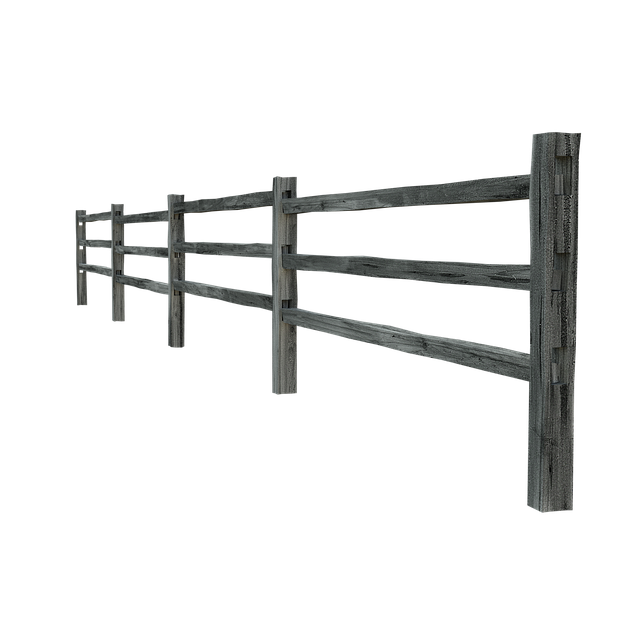In coastal areas, where harsh weather conditions and salty air pose unique challenges, durable wooden fencing is an attractive and sustainable solution. This article explores the art of selecting and maintaining robust wood species for fencing in these environments. By understanding the specific demands of coastal conditions, we can enhance the longevity and beauty of outdoor spaces. We delve into the advantages of wooden fencing, offering a natural barrier that with proper care can withstand the test of time against salt water and strong winds.
- Understanding Coastal Conditions for Fencing
- Advantages of Wooden Fencing in Coastal Environments
- Choosing Durable Wood Species for Coastlines
- Maintenance Tips for Long-Lasting Coastal Fences
Understanding Coastal Conditions for Fencing
When considering fencing for coastal areas, understanding the unique conditions presented by the environment is paramount. Saltwater and moisture from the ocean can accelerate wood decay, making it crucial to choose materials that can withstand these elements. The relentless wind, storms, and potential for flooding further add to the challenges of maintaining a fence in such regions.
Therefore, opting for durable wooden fencing designed specifically for coastal areas is essential. These fences are treated with weather-resistant preservatives and often feature specialized protective coatings, ensuring they can endure the harsh conditions without compromising their structural integrity or aesthetic appeal.
Advantages of Wooden Fencing in Coastal Environments
Wooden fencing offers numerous advantages when it comes to coastal environments, making it a popular choice for homeowners and businesses alike. One of its key strengths is its natural resistance to moisture, which is crucial as coastal areas are often exposed to high humidity and regular rainfall. Unlike some synthetic materials that can become brittle or degrade over time due to water absorption, wood retains its strength and flexibility when properly treated and maintained. This longevity ensures that the fencing remains robust against harsh weather conditions.
Additionally, wood has excellent insulating properties, providing a level of energy efficiency for coastal properties. It acts as a natural barrier against strong winds, reducing the impact of storms and providing more stability to structures. The aesthetic appeal of wooden fencing is another significant advantage, offering a timeless and charming look that complements various architectural styles. With the right treatment, wood can withstand the test of time, making it an environmentally friendly option with minimal maintenance requirements.
Choosing Durable Wood Species for Coastlines
When selecting wood for coastal fencing, understanding the unique challenges posed by salt air and frequent moisture is key. Not all woods are created equal in this regard; some species are naturally more resistant to decay and weather damage than others. For coastal areas, look for durable wood options like cedar or redwood. These trees have natural oils that repel water and prevent absorption of salt, making them ideal choices for exterior applications near the sea.
Additionally, treated woods like pressure-treated pine or recycled composite materials offer excellent longevity in harsh environments. These treatments enhance the wood’s resistance to rot, fungi, and insects, ensuring your fence remains strong against coastal conditions. Consider these options to ensure a long-lasting, low-maintenance barrier that can withstand the relentless pace of beachfront life.
Maintenance Tips for Long-Lasting Coastal Fences
Maintaining a wooden fence in coastal areas requires extra care due to the constant exposure to salt water and extreme weather conditions. Regular cleaning is essential to remove any salt buildup, which can cause wood rot and deterioration. Use a soft-bristled brush or sponge to gently scrub the fence with soapy water, then rinse thoroughly. This simple step goes a long way in preventing damage.
Furthermore, applying a fresh coat of protective sealant every year will shield the wood from moisture and UV rays. Check for any signs of wear and tear, such as cracked or loose boards, and repair promptly to maintain the fence’s integrity. Regular inspection and timely repairs are key to ensuring your coastal wooden fence remains durable and beautiful for years to come.
